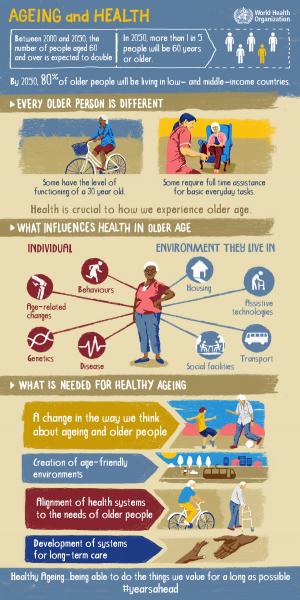Bridging the Gap between the Elderly and Healthcare
Bridging the Gap between the Elderly and Healthcare
Imagine that you have an appointment at a health center. You scheduled this appointment with me, a Patient Benefits Advocate at East Liberty Family Health Care Center, so we could discuss your options for health insurance before the deadline passes and you are slapped with a $600 fine. You are running a bit behind, so you catch the next bus and get to the health center as fast as you can. While you wait to be called, you skim google on your phone because you don’t know the first thing about health insurance. During the appointment, you find that I’m rather helpful in answering your questions and explaining the different options for coverage. After we complete your application, I ask you for your most recent paystubs and a bank statement. You didn’t know you would need to provide any supporting paperwork, but it’s not a big deal because you just pull it all up online. We are able to print it out, and I tell you that I’ll fax to the County Assistance Office for you. I give you my card and tell you to call with any questions. You walk out of the health center an hour later thinking, “That wasn’t as bad as I thought it would be!”
I wish I could say this was the experience of the majority of my patients. However, most of my patients are above the age of 65 and many of them are living with a disability. Sometimes, they have someone to ask for help, but for the most part, they rely on themselves to get the care they need. The reality is that since 2015, approximately 48 million people compose the elderly population in the United States and make up 15% of the total population in the country (Ortman, 2014). Nearly a quarter of this population lives below 150% of the federal poverty line, and nearly 10% of them are disabled. Additionally, as healthcare becomes integrated with technology, the elderly population struggles to keep up. This results in a large sub-population of people who experience a unique set of struggles in affording, accessing, and understanding healthcare.

Now, let’s revisit your appointment experience. Imagine if you were a member of the population I just described. You set an appointment with me, because you received a letter regarding Medicare that you don’t quite understand. You arrive half an hour late because you missed the bus due to knee pain worsened by the weather. This leaves less time for us to get to all of your questions, and though my explanation is thorough, you have trouble understanding exactly what coverage Medicare will provide and what coverage you need to find elsewhere. As we complete the application, I ask for your supporting paperwork. You don’t have it with you and are unsure of how to access your accounts online. We are unable to complete your application that day. Though I give you my card and encourage you to call anytime with questions, you still leave unsure of when you will have the time to stop at the bank, acquire a statement, and bring it all the way back to the health center in the hopes that you qualify for enough coverage to afford knee replacement surgery.
As a Patient Benefits Advocate, I meet with patients and assist them in applying for health insurance, health benefits, and social services. I have had the pleasure of working closely with the elderly population in East Liberty beginning in September. In this time, I have realized the importance of getting to know my patient population and understanding specifically the barriers to health they face. Numerous factors can influence how a person ages, and this will directly affect how that person experiences their life. Seemingly non-health related struggles with mobility, access to transportation, ability to navigate technology, access to safe and quality housing, and even literacy significantly impact the health outcomes of my patients. As a result, much of the work I do is connecting my patients with resources to help them overcome these barriers so they can access the care they need. What I have found to make the greatest difference in working with this population is learning to empathize with them. Life has changed so much for them, and as bodily abilities diminish, change becomes more and more difficult to adjust to. Learning to put myself in their shoes and think about the experience from their perspective enables me to better orient our appointments around meeting their needs. This allows them to leave feeling heard and reassured that they will get the care they need, and it helps me know that I am meeting the needs of my patients.